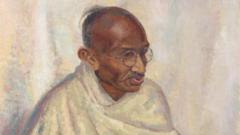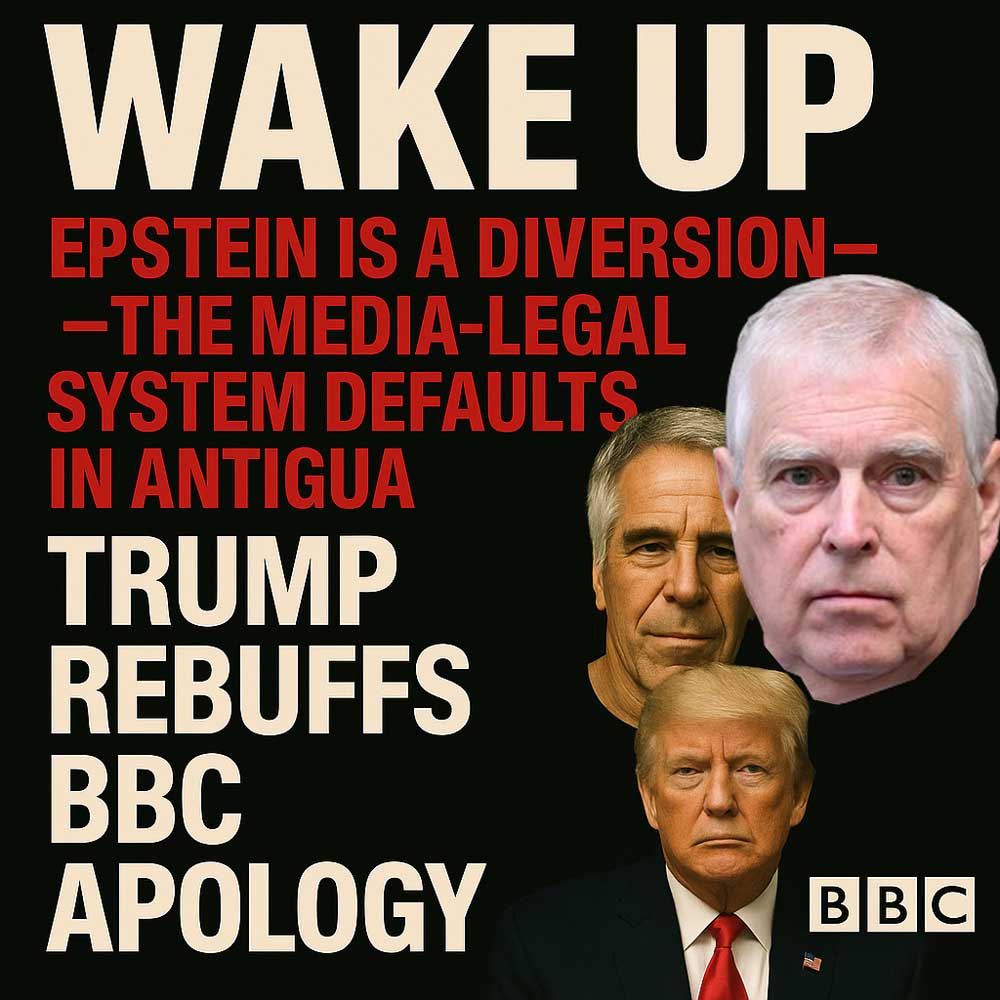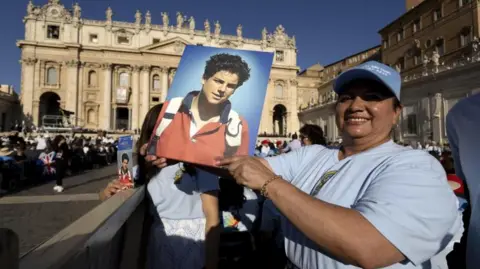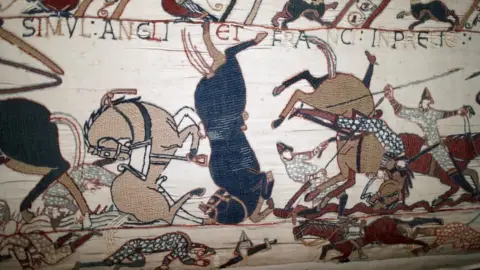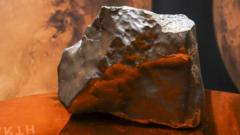The auction highlights Gandhi’s enduring legacy as the "father of the nation," a figure whose teachings in non-violence continue to resonate globally.
An exclusive oil portrait of Mahatma Gandhi, created during his visit to London in 1931, is scheduled for auction at Bonhams next month. This piece of art, painted by Clare Leighton, is believed to be the only oil portrait that Gandhi personally sat for, making it a rare addition to art history. Gandhi is revered as the "father of the nation" in India, known for leading a non-violent resistance against British colonial rule.
The portrait was created during Gandhi's attendance at the second Round Table Conference, where he advocated for India's self-governance. Caspar Leighton, one of the artist's great nephews, highlighted its importance: "This is a painting of unique historic and cultural significance." Following her death in 1989, the portrait remained within Leighton's family.
Leighton was one of the few artists who had direct access to Gandhi, allowing her to create multiple sketches. She was introduced to Gandhi through her partner, a political journalist and supporter of India's independence. The oil portrait was displayed alongside a charcoal sketch at an exhibition held in London in November 1931, which attended by key figures from the Indian delegation.
Gandhi's personal secretary acknowledged the artwork as a remarkable likeness of the leader, reflecting its authenticity. Despite facing challenges, including an alleged attack that damaged the artwork in the 1970s, the painting was restored in 1974. Its upcoming auction offers an opportunity to celebrate Gandhi's legacy and the artistic portrayal of his life dedicated to non-violence and justice.
An exclusive oil portrait of Mahatma Gandhi, created during his visit to London in 1931, is scheduled for auction at Bonhams next month. This piece of art, painted by Clare Leighton, is believed to be the only oil portrait that Gandhi personally sat for, making it a rare addition to art history. Gandhi is revered as the "father of the nation" in India, known for leading a non-violent resistance against British colonial rule.
The portrait was created during Gandhi's attendance at the second Round Table Conference, where he advocated for India's self-governance. Caspar Leighton, one of the artist's great nephews, highlighted its importance: "This is a painting of unique historic and cultural significance." Following her death in 1989, the portrait remained within Leighton's family.
Leighton was one of the few artists who had direct access to Gandhi, allowing her to create multiple sketches. She was introduced to Gandhi through her partner, a political journalist and supporter of India's independence. The oil portrait was displayed alongside a charcoal sketch at an exhibition held in London in November 1931, which attended by key figures from the Indian delegation.
Gandhi's personal secretary acknowledged the artwork as a remarkable likeness of the leader, reflecting its authenticity. Despite facing challenges, including an alleged attack that damaged the artwork in the 1970s, the painting was restored in 1974. Its upcoming auction offers an opportunity to celebrate Gandhi's legacy and the artistic portrayal of his life dedicated to non-violence and justice.

